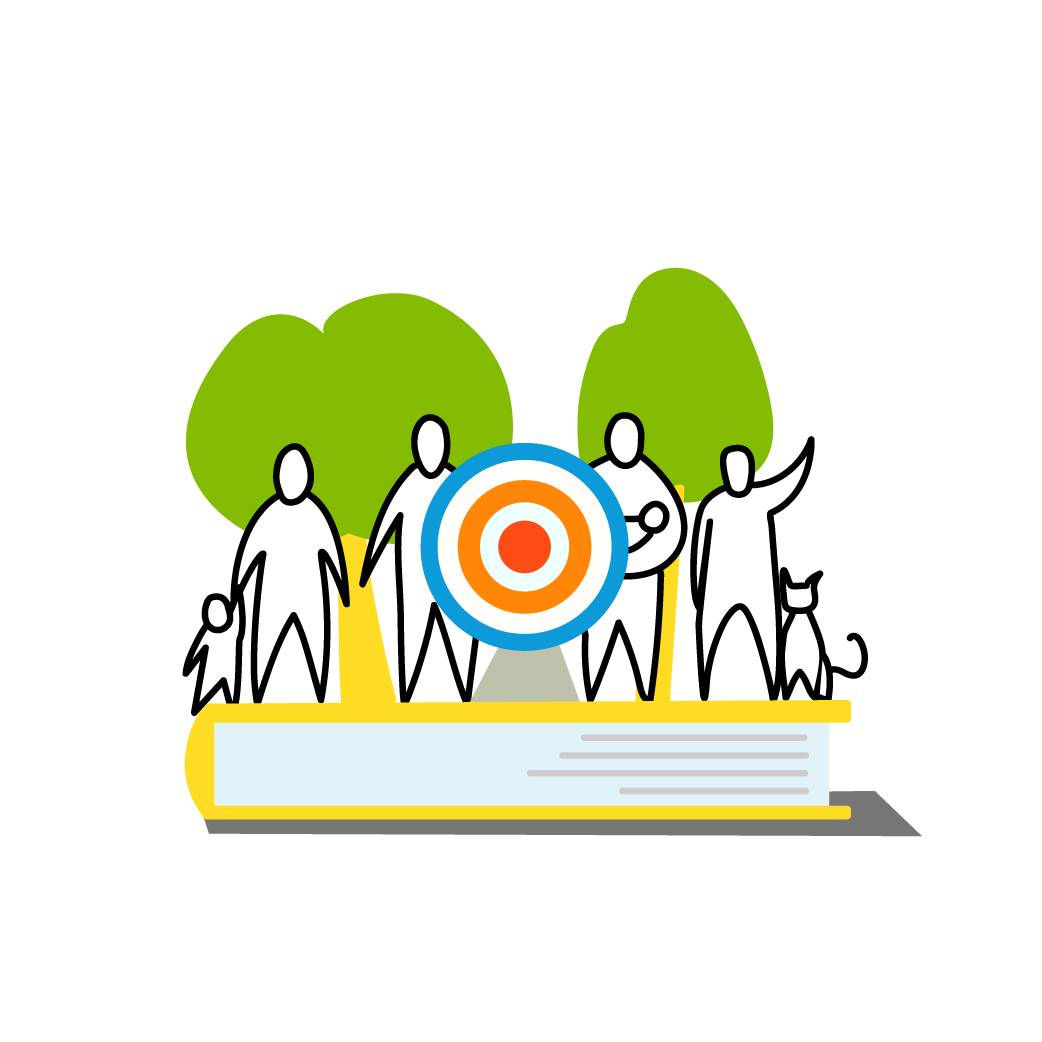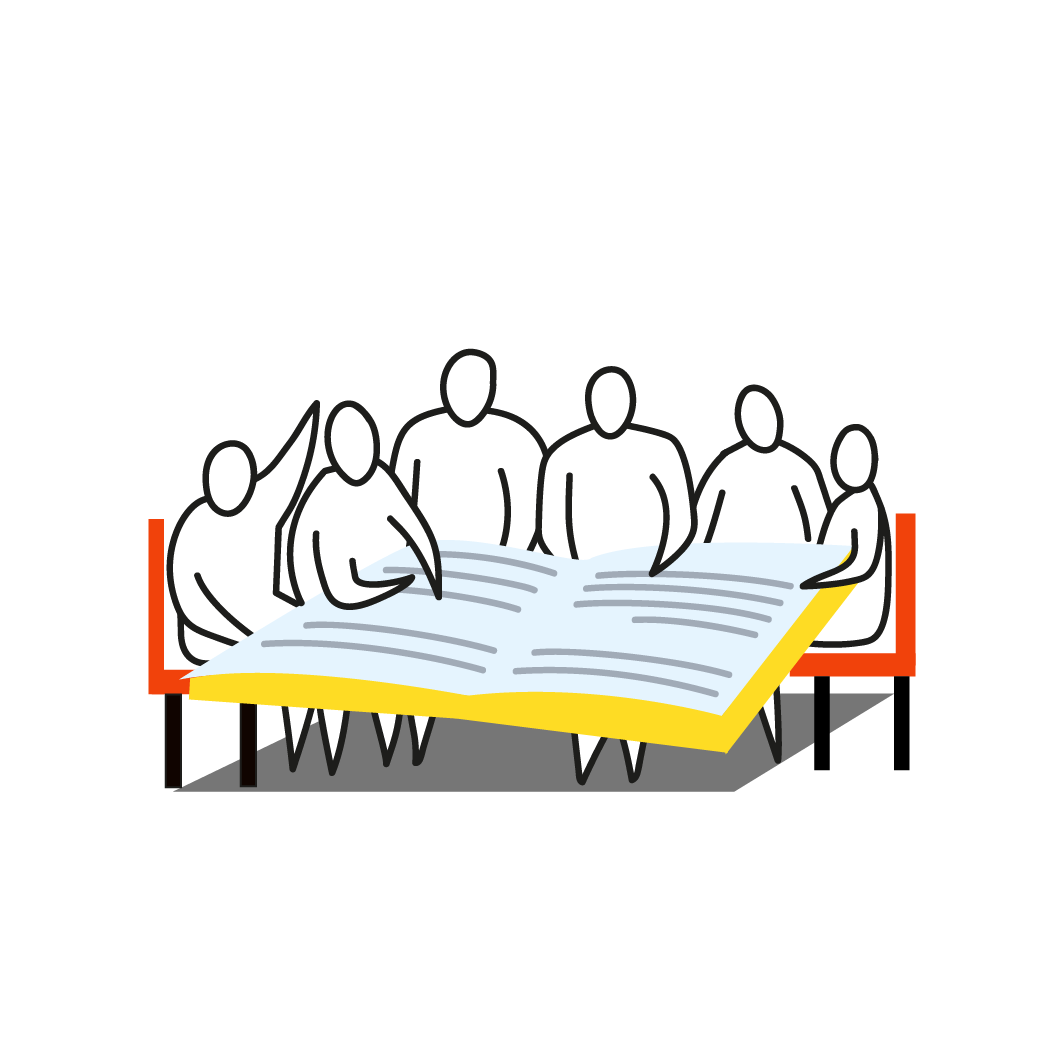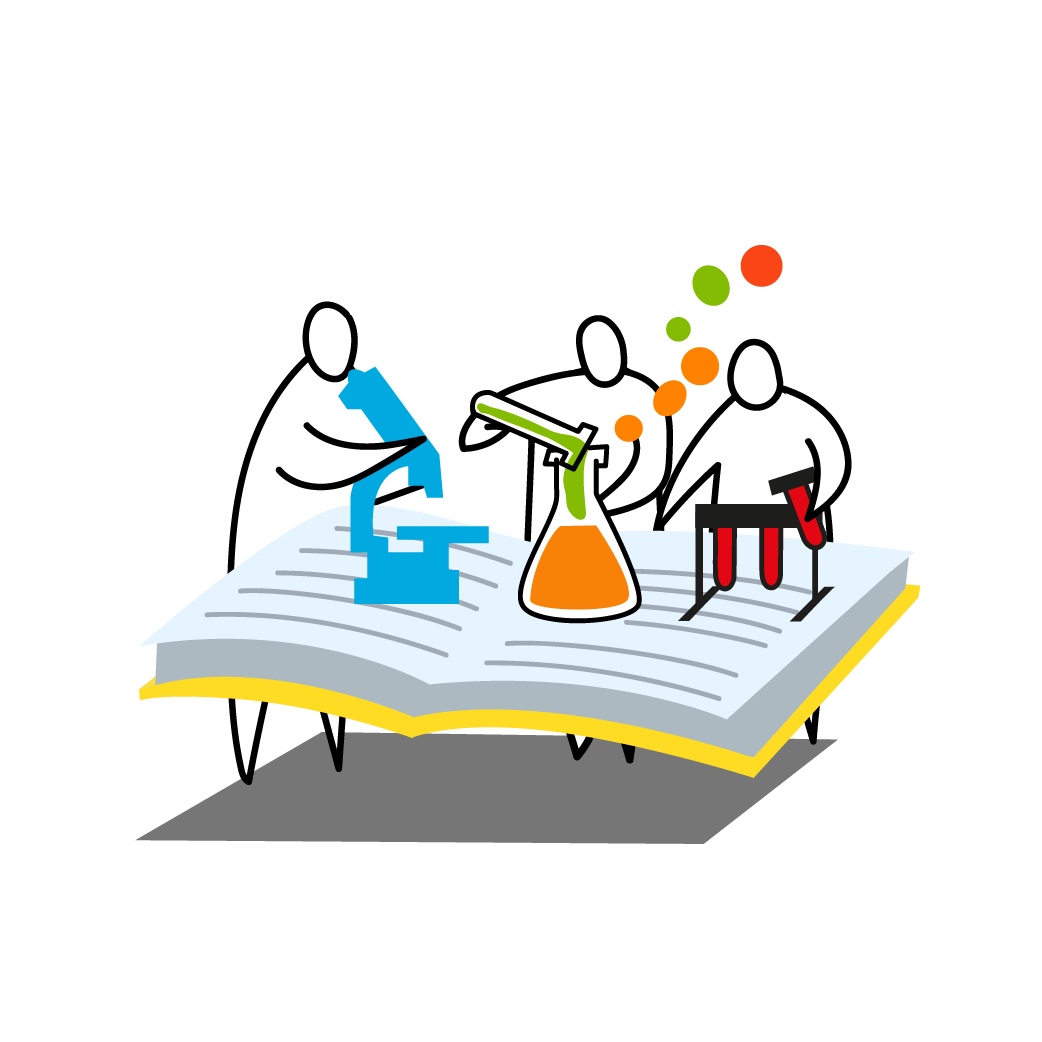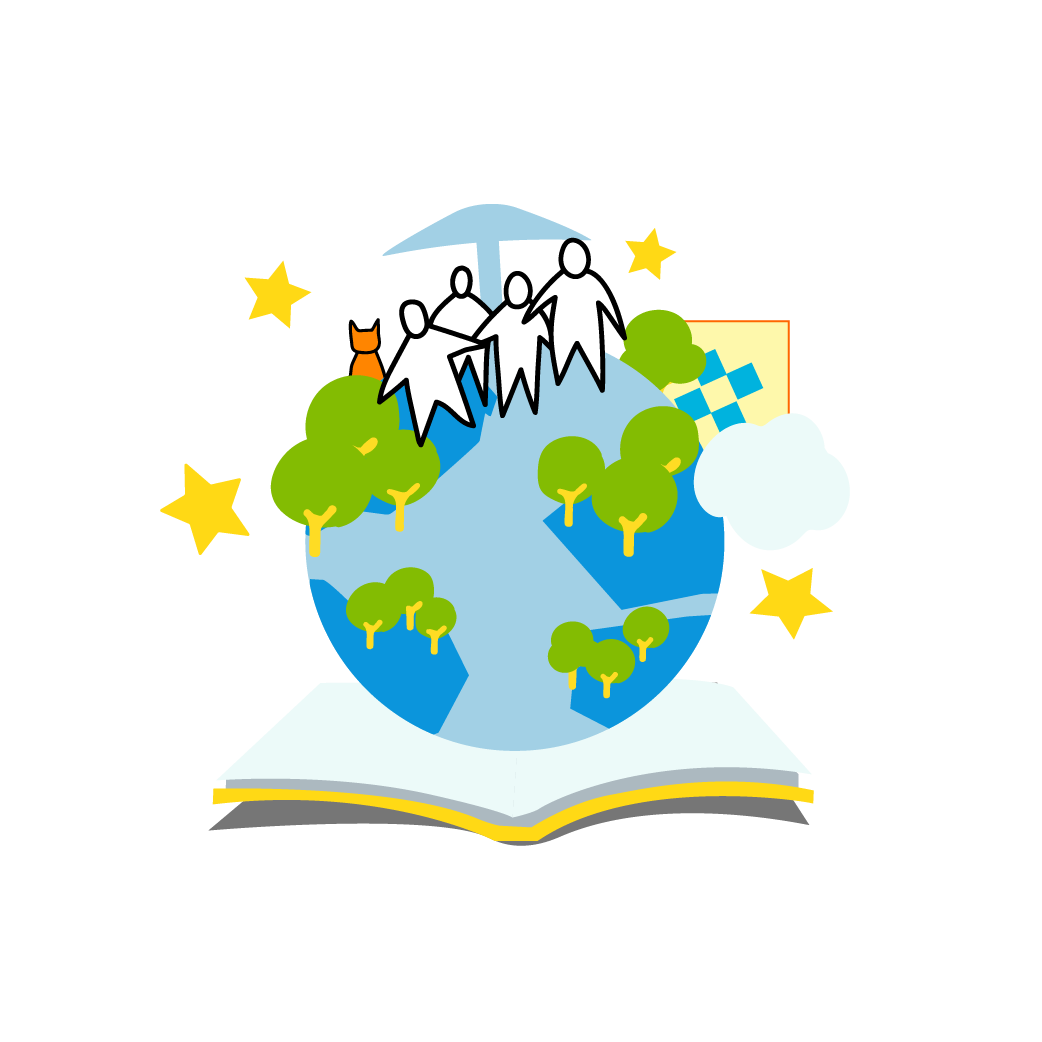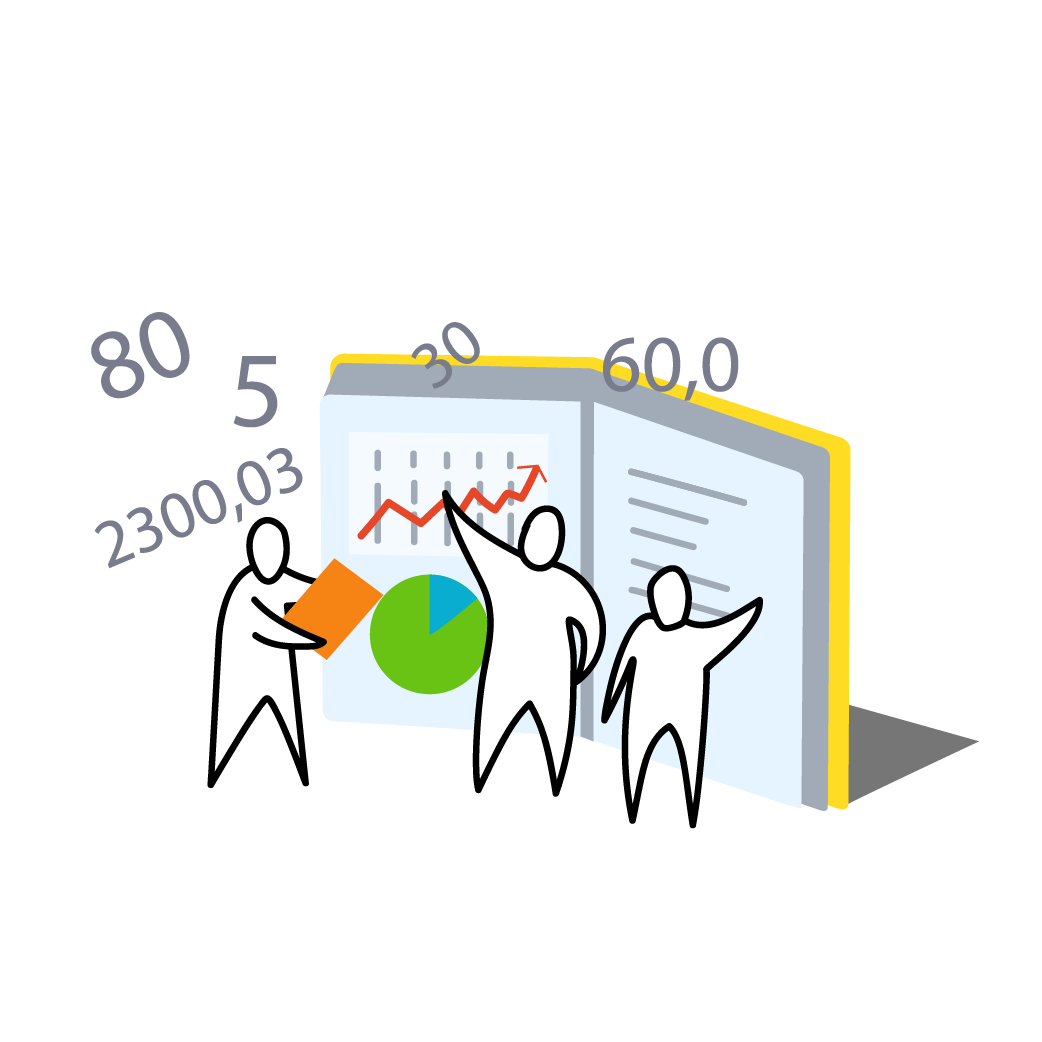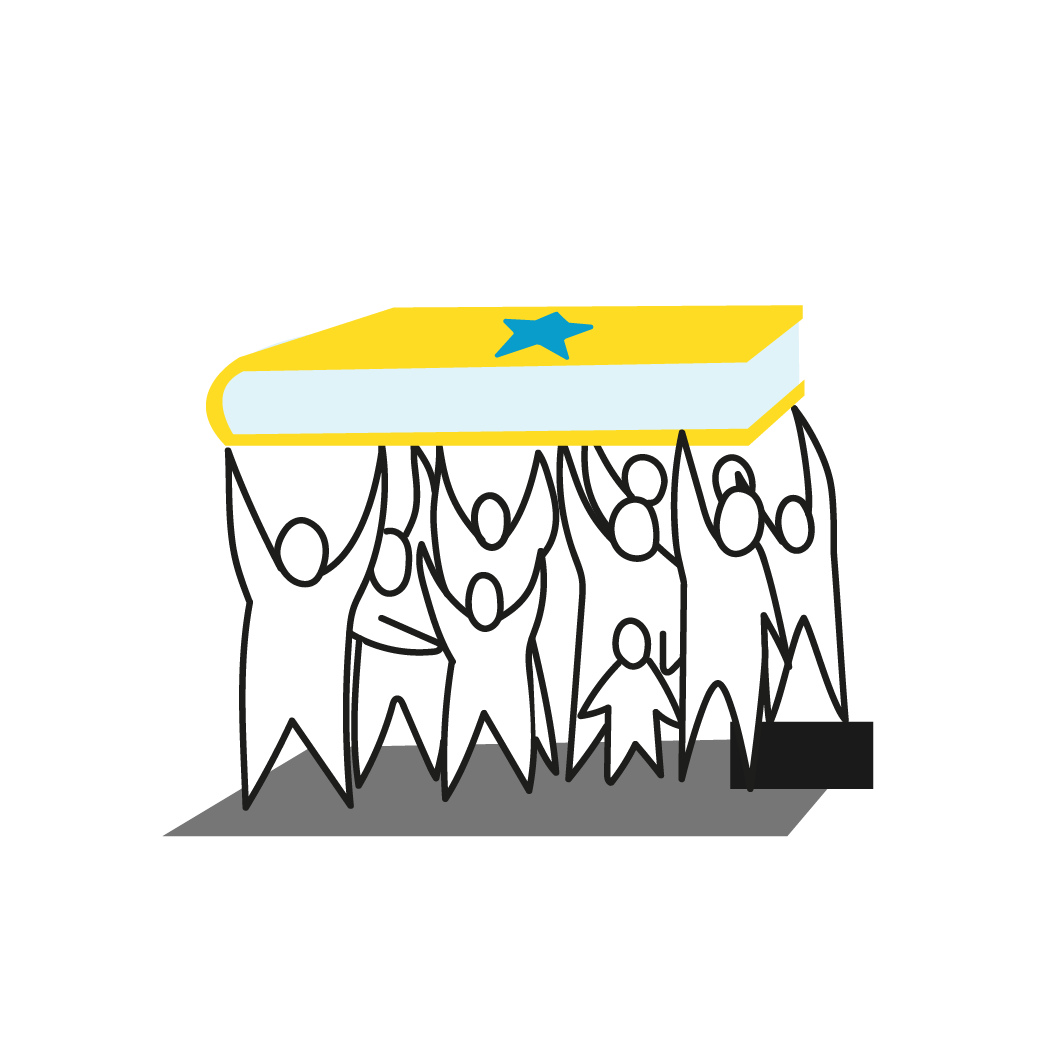Designing
Public Policy

Traditional economic approaches have placed governments in a vicious cycle of growing the economy as quickly as possible so that they can sequester some of that wealth, through taxes, to fix the damages done to people and the planet in the process. In a Wellbeing Economy, governments take a participatory approach to policymaking and prioritise long-term outcomes, implementing upstream solutions that distributes wealth from the start and prevents crises from happening in the first place.
Yet the gross national product does not allow for the health of our children, the quality of their education or the joy of their play. It does not include the beauty of our poetry or the strength of our marriages, the intelligence of our public debate or the integrity of our public officials.
It measures neither our wit nor our courage, neither our wisdom nor our learning, neither our compassion nor our devotion to our country, it measures everything in short, except that which makes life worthwhile.
Governments
around the world are committed to building a Wellbeing Economy
These leaders pioneered Wellbeing Economy frameworks and policies in the Governments of Finland, Scotland, Wales, New Zealand, Iceland and Canada, who are currently part of the Wellbeing Economy Government Partnership (WEGo) – a collaboration between governments to exchange practices as they develop Wellbeing Economy policies.
Finland

Scotland

Wales
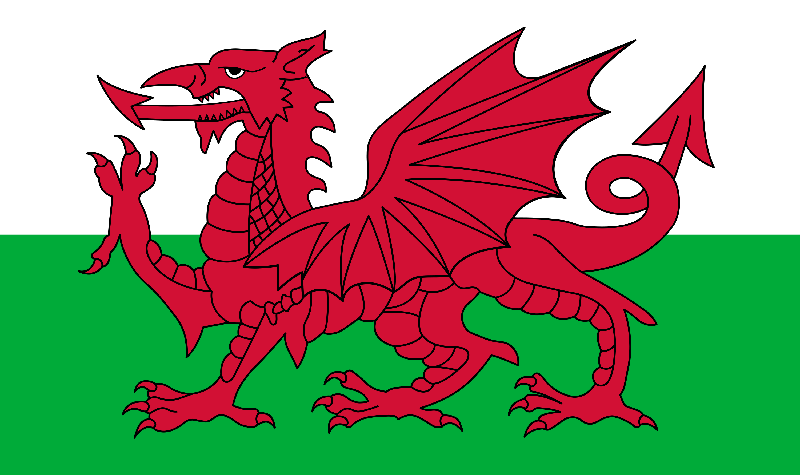
Iceland

New Zealand
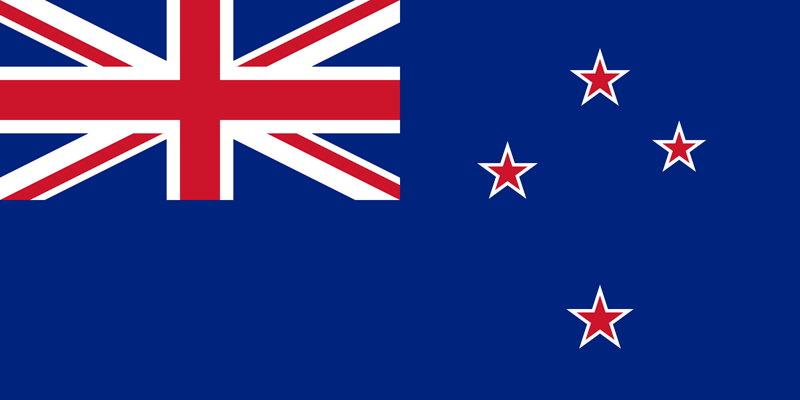
Canada
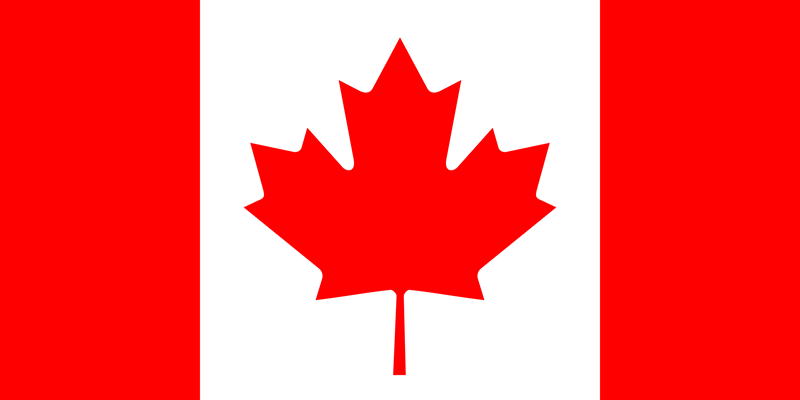
Case Studies
Seven key principles to guide the Wellbeing Economy policy design process
WEAll’s Policy
Design Guide
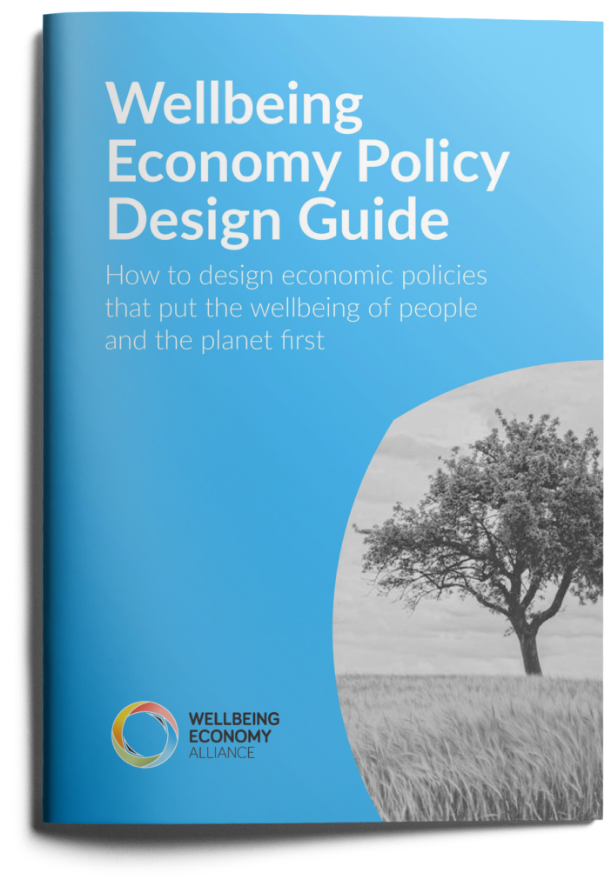
This first iteration of our guide has resources, tools, case studies, and suggestions that can help you to:
1. Develop a wellbeing vision, framework and measurements.
2. Design a strategy to foster the areas of economic life most important for our wellbeing
3. Assess and co-create Wellbeing Economy policies to build a coherent and innovative policy mix.
4. Successfully implement Wellbeing Economy policies by empowering local stakeholders and communities.
5. Evaluate policy impacts on wellbeing for learning, adaptation and success.

This work is licensed under a Creative Commons Attribution-ShareAlike 4.0 International License.
WATCH THE VIDEO:
4 transformative policies that are the building blocks of a Wellbeing Economy:
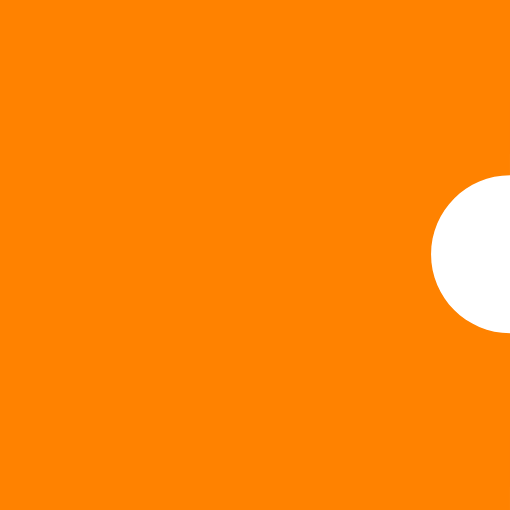 Pre-
Pre-Distribution
We don’t leave it to people to fend for themselves or rely on limited redistributive mechanisms, but predistribute power, wealth, time, and income so that the heavy lifting is done by the economy itself. Example: social enterprises and businesses owned by their workers, community wealth building and living wages.
 Purpose
Purpose
The purpose of the economy becomes exclusively to deliver human and ecological wellbeing. Example: adopting a wider suite of success measures Beyond GDP, and visionary national development plans.
 Prevention
Prevention
Rather than being content just fixing the harm we do to nature and people, we adopt preventive measures that stop harm from happening in the first place. Example: Outcome budgeting and circular production and consumption.
 People-
People-Powered
Economic decisions are powered by the people, who become directly involved in decision making and agenda setting. Example: Citizen assemblies and participatory budgeting.
Measuring
What Matters
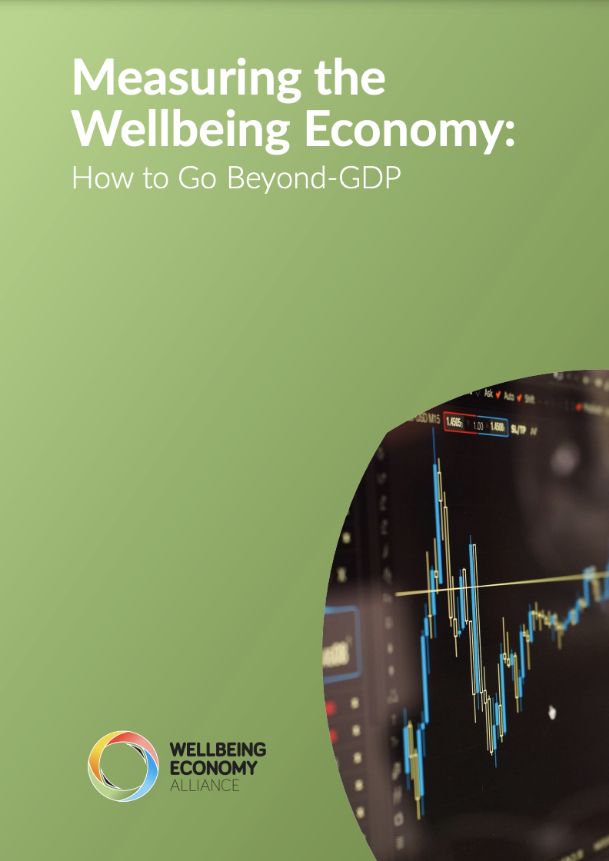
Gross Domestic Product (GDP), the way we measure economic growth, has become the primary measure of success of societies. Countries that have a high GDP are considered important and governments that experience high economic growth are admired. As a result, there is a dominant narrative in society that “growth is good”. But we have known for many decades that this narrative is flawed and that GDP is not a comprehensive measure of success.
Now, hundreds of alternatives for measuring economic success already exist and are being used. This paper can help you navigate these and create a successful strategy to implement alternative metrics and change the social narrative around growth.

This work is licensed under a Creative Commons Attribution-ShareAlike 4.0 International License.
Watch the video:
Continue Learning
Visit our full library of articles, guides, videos and other resources available that have been produced by our Alliance or otherwise curated by WEAll to help you deep dive into the different areas of a Wellbeing Economy and put learning into practice.

